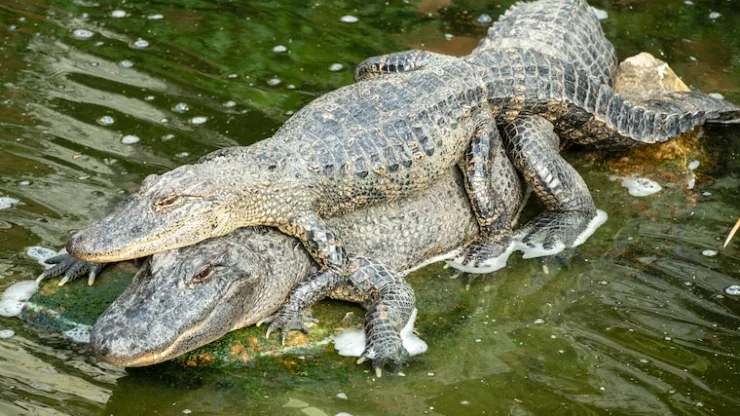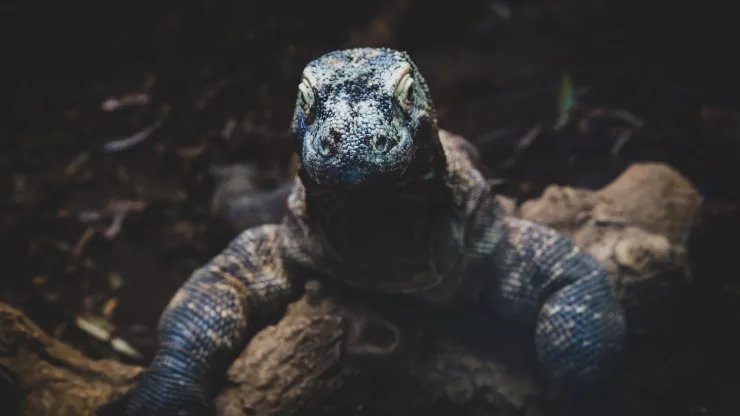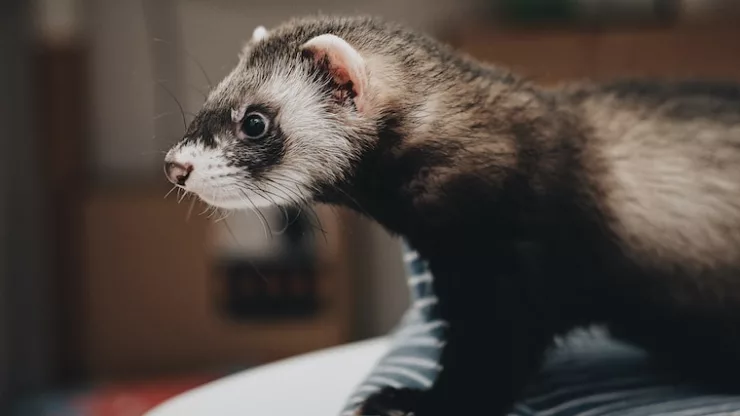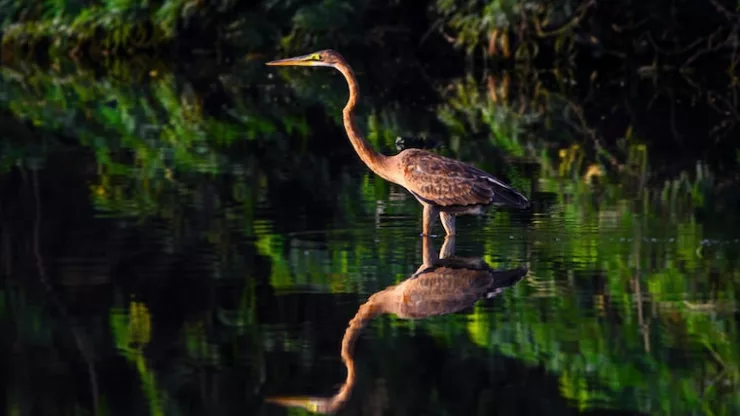Crocodiles are one of the most fascinating creatures on the planet.
They are known for their fearsome reputation, but there is much more to these ancient reptiles than meets the eye.
Here are 22 facts about crocodiles that you may not know:
- Crocodiles are reptiles that belong to the same family as alligators, caimans, and gharials.
- They have been around for over 200 million years, making them one of the oldest species on Earth.
- There are 13 species of crocodiles, and they can be found in the Americas, Africa, Asia, and Australia.
- The largest species of crocodile is the saltwater crocodile, which can grow up to 23 feet long and weigh over a ton.
- Crocodiles are carnivores and will eat almost anything they can catch, including fish, birds, mammals, and other reptiles.
- They have a powerful bite force that can crush bones and tear flesh.
- Crocodiles can go for months without eating, and they can also slow down their metabolism to conserve energy.
- They have a unique respiratory system that allows them to stay underwater for up to two hours.
- Crocodiles are excellent swimmers and can move quickly both on land and in water.
- They use their tails to propel themselves through the water and steer while swimming.
- Crocodiles are social animals and will often gather in groups called basks or congregations.
- They communicate with each other through vocalizations, body language, and chemical signals.
- Crocodiles have excellent eyesight and can see well both in and out of the water.
- They also have a third eyelid, called a nictitating membrane, that protects and cleans their eyes while swimming.
- Crocodiles have a unique system of temperature-dependent sex determination, meaning the temperature of the nest determines the sex of the hatchlings.
- Baby crocodiles are called hatchlings and are usually around 8-10 inches long when they hatch.
- Mother crocodiles are very protective of their young and will aggressively defend them from predators.
- Crocodiles have a long lifespan, with some species living up to 70 years in the wild.
- They play an important role in their ecosystems as apex predators, helping to regulate populations of other animals.
- Crocodiles have been worshipped and revered in many cultures throughout history, including ancient Egypt and some Indigenous Australian cultures.
- They are also a popular subject in literature, film, and other forms of media.
- Despite their fearsome reputation, crocodiles are an important and fascinating part of our natural world.
FAQ
Are crocodiles dangerous to humans?
Yes, crocodiles can be very dangerous to humans if they feel threatened or if they perceive humans as prey.
It is important to always be cautious around crocodiles and to never approach them in the wild.
What is the difference between a crocodile and an alligator?
Crocodiles have longer, more V-shaped snouts, while alligators have shorter, more U-shaped snouts.
Crocodiles also have teeth that are visible when their mouth is closed, while alligator teeth are mostly hidden.
What is the biggest species of crocodile?
The saltwater crocodile is the largest species of crocodile, with males capable of reaching over 23 feet in length and weighing over a ton.
Can crocodiles climb trees?
Yes, some species of crocodile, such as the saltwater crocodile, are known to climb trees.
They use their powerful tails to help them climb and can stay in the trees for hours at a time.
What is the smallest species of crocodile?
The smallest species of crocodile is the dwarf crocodile, which only grows to be about 5 feet long.
Do crocodiles have any natural predators?
Humans are the only real threat to adult crocodiles, but hatchlings and young crocodiles may be preyed upon by other animals such as birds, snakes, and larger crocodiles.

I am a fun fact enthusiast and creator of Facts On Tap.
I love to share my knowledge and curiosity with readers and inspire them to learn something new every day.
When I’m not writing, I enjoy traveling, reading, and playing trivia games with my friends.





